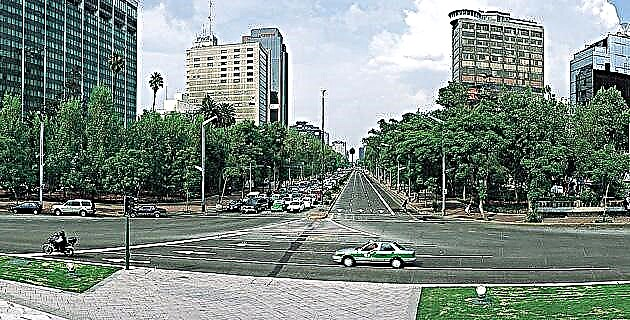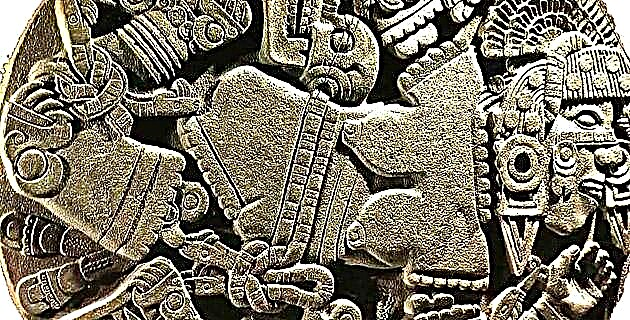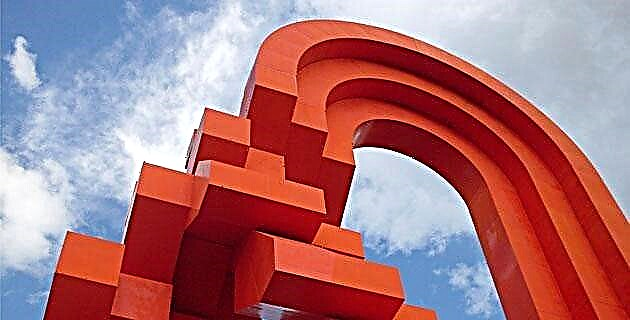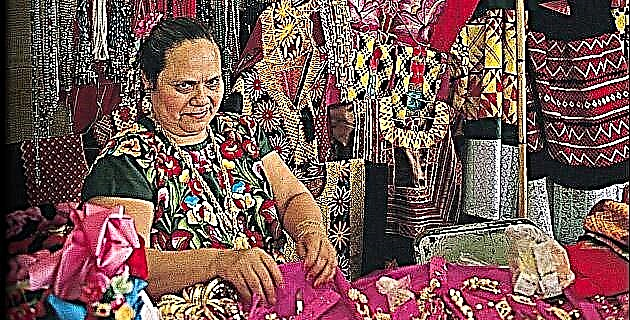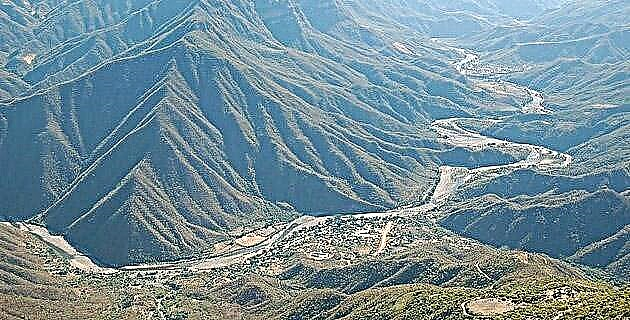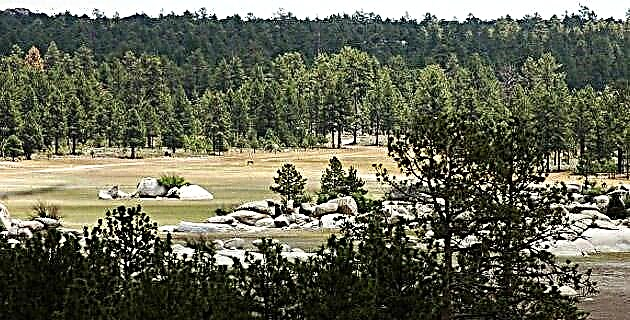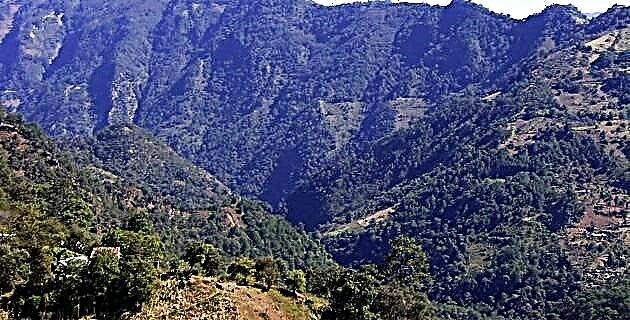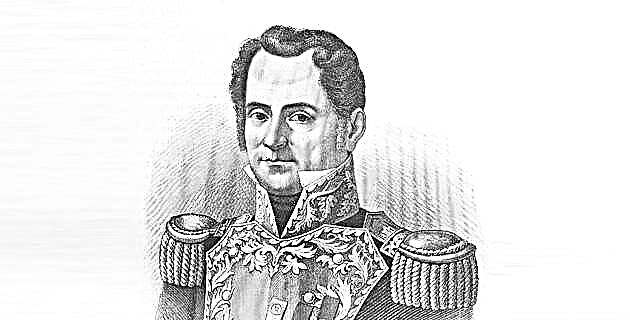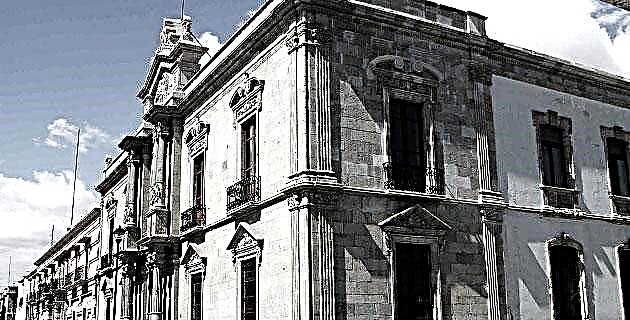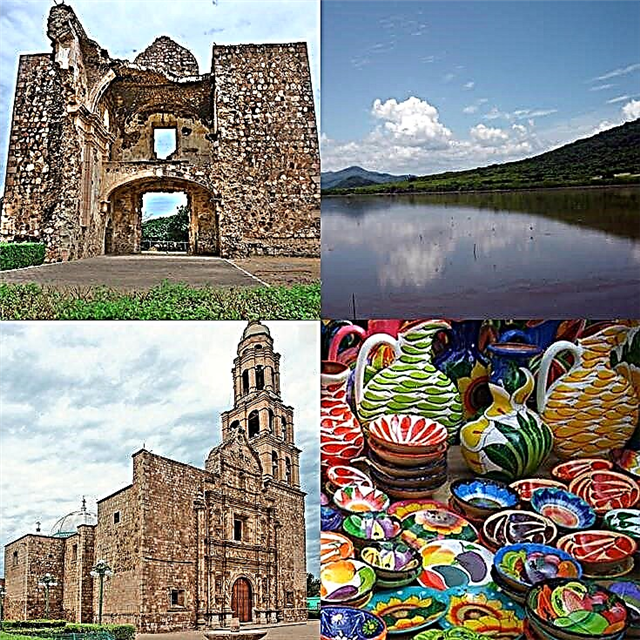El Rosario, hometown of the great Lola Beltrán, has a mining heritage, interesting buildings and beautiful natural landscapes that have made it grow as a tourist destination. We present your complete guide so that you fully know this Magic Town.
1. Where is El Rosario?
El Rosario is a small town in Sinaloa, head of the municipality of the same name, located 65 km. south of Mazatlán. During the 18th and 19th centuries it was one of the most affluent communities in the country by virtue of the rich seams of its silver and gold mines. In 2012, El Rosario was incorporated into the system of Magical Towns to make tourism known about its mining past splendor, as well as some valuable pieces of its cultural heritage that managed to withstand the passage of time, among these, the Church of Nuestra Señora del Rosario and the old Spanish cemetery.
2. What is the history of the town's name?
The story goes that in 1635, Bonifacio Rojas, head of a local ranch, missed one of his cattle and went out to look for it. He was riding along the river when he saw the lost animal at a place called Loma de Santiago. As night fell, he lit a fire and spent the night and the next day, when he stirred the fire, he observed abundant silver stuck to a rock. Before leaving to communicate the news to his employer, he marked the place with a rosary.
3. How was the town formed?
After the discovery of Rojas, his same employer began the extraction of Rosarense silver. Then gold was found and the exploitation of precious metals intensified. At the end of the 18th century, El Rosario was the most prosperous town in the Mexican northwest and later it would be the first electrified town in the region and seat of the powers of the Sinaloa Congress. Thanks to El Rosario, and also to Cópala and Panuco, Mazatlán took off as an important port. With the end of the mining boom in the 20th century, El Rosario went into economic decline and among its current efforts to resume prosperity is the tourist exploitation of its mining heritage.
4. What is the climate of El Rosario?
The average temperature in El Rosario tends to move in averages ranging from 20 ° C in the cooler months to 30 ° C in the warmest. The hot season is between June and October, while the thermometer drops to its annual lows between December and February. It rains about 825 mm a year, concentrated between July, August and September.
5. What is the route to El Rosario?
The closest major city to the Magic Town is Mazatlán, located 65 km away. To go from the big city and Mexican tourist destination to El Rosario, you have to travel southeast on Federal Highway 15. From the nearest state capitals, Durango is 265 km away, Culiacán, the capital of Sinaloa, is 280 km away. . and Zacatecas at 560 km. To go from Mexico City, which is almost 1,000 km. From El Rosario, the easiest way is to fly to Mazatlán and do the rest by road.
6. How was the mining bonanza?
The mining wealth of El Rosario was so great that for every thousand grams of gold ore an unusual amount of 400 grams of pure gold was extracted. There are currently mines in the world that operate profitably with 3 grams of gold for every 1,000 grams of ore. The subsoil of the town became a long and intricate network of galleries, tunnels and sinkholes that with the passage of time would weaken the land, causing the collapse of a large number of beautiful houses and buildings built during the boom.
7. What stands out in the Church of Our Lady of the Rosary?
This 18th century temple has the amazing history that it was built on one site and then dismantled stone by stone and erected in its current place because in its original location it was damaged by the movements of the subsoil, full of tunnels and mining tunnels. It is made of carved quarry and its facade is in a pure Solomonic Baroque style. The interior of the temple houses one of the great jewels of Christian art in Mexico: its baroque gold-plated altarpiece.
8. What is this altarpiece like?
The extraordinary altarpiece of the Virgin of the Rosary is presided over by the image of the Virgin, which is surrounded by stewed sculptures of great beauty that represent San José, San Pedro, San Pablo, San Joaquín Santo Domingo, Santa Ana, San Miguel Archangel, Christ Crucified and the Eternal Father. In the religious work of art, the Greco-Roman, Baroque and Churrigueresque styles are mixed, with a predominance of the baroque stipe.
9. What are the places linked to Lola Beltrán?
The Mexican singer and actress Lola Beltrán, the famous Lola la Grande, an icon of Sinaloa popular culture, was born in El Rosario on March 7, 1932 and her remains rest in the garden of the Church of Nuestra Señora del Rosario. The Lola Beltrán Museum works in a large 19th century mansion in the center of town, where the classic dresses she used to wear, her accessories, records and other objects are exhibited. In front of the church there is a memorial to the Sinaloan diva.
10. Is it true that there is an interesting cemetery?
Apart from the church that between 1934 and 1954 was moved from place stone to stone thanks to the tenacity of the Rosarenses, another architectural work that was saved from the damage caused by the weaknesses of the soil, was the old Spanish cemetery. This old pantheon has become a tourist attraction for the beautiful 18th and 19th century mausoleums that it houses, both for the architecture of the sumptuous tombs and for the beauty of the religious sculptures, coats of arms and other ornaments.
11. Is it true that Julio Verne was in El Rosario?
There is a legend that the famous 19th century French writer, author of Around the world in eighty days, was in El Rosario. According to one version, Verne would have befriended a high-ranking Mexican military man, visiting Mexico on several occasions, including a stop in the rich town of El Rosario. This legend is fueled because Verne set his short novel in Mexico A drama in Mexico, but there are no documents that prove your stay in the country.
12. What are the main natural sites?
The Laguna del Iguanero is a beautiful space that was abandoned for many years until in 2011 it was conditioned for the enjoyment of residents and tourists. The lagoon has a curious history. In 1935, in the middle of a strong cyclone, water currents were generated that flooded the entrance to the El Tajo mine, forming a body of water that has been preserved and that according to the inhabitants, extends through the tunnel system located below from town. It has a small island in the center, which is accessed by a picturesque suspension bridge and is the habitat of species such as turtles, ducks and iguanas. Another attraction is the Laguna del Caimanero.
13. What is the attraction of the Laguna del Caimanero?
About 30 km. from El Rosario is the beautiful coastal lagoon of Caimanero, separated from the sea by a strip of beach. The lagoon is used for swimming, boating and practicing commercial and sport fishing, being one of the main shrimp centers in the state. It is also frequented by observers of biodiversity, especially by the large number of seabirds. The lagoon owes its name to the fact that it was the habitat of alligators.
14. Is it true that they raise good ostriches?
After feeding Australians for centuries, ostrich meat has been finding a place in pots and dishes in the rest of the world by virtue of its quality. This running bird, which can reach 3 meters in height and 300 kilos in weight, produces meat with excellent flavor and texture, similar to that of turkey. The territory of Sinaloa has some similarities with the original habitat of ostriches and is home to many farms, some of which are located near El Rosario. You may have the opportunity to visit one of these breeding centers to see the largest and heaviest bird there is.
15. How is the Rosarense crafts?
In El Rosario indigenous communities live with xiximes, totorames and acaxees, which preserve the artisan practices of their ancestors. They are skilled in pottery work, rustic furniture, pyrotechnics, and weaving of natural fiber pieces, particularly mats. These handmade products that you can take as a souvenir from El Rosario, are found in some places, such as Artesanías El Indio in the center of town.
16. What are the main hotels in El Rosario?
El Rosario is in the process of consolidating a hotel offer that allows increasing the tourist flow to the town, which is mostly visited by people who stay in Mazatlán. One of these establishments is the Hotel Yauco, located at km. 22 of the Genaro Estrada International Highway. Other options are Hotel Bellavista El Rosario, at km. 20 on the road to Cacalotan and Hotel San Ángel, on Avenida Venustiano Carranza.
We hope that this complete guide will be useful for you to immerse yourself in the past mining splendor of El Rosario and to better know its architectural and natural attractions. We hope to meet again soon for another lovely walk.


